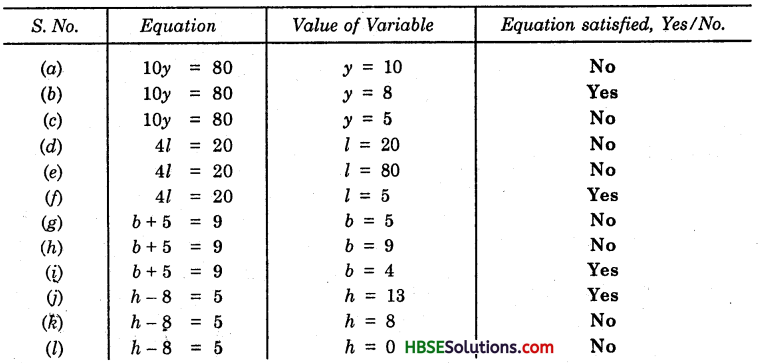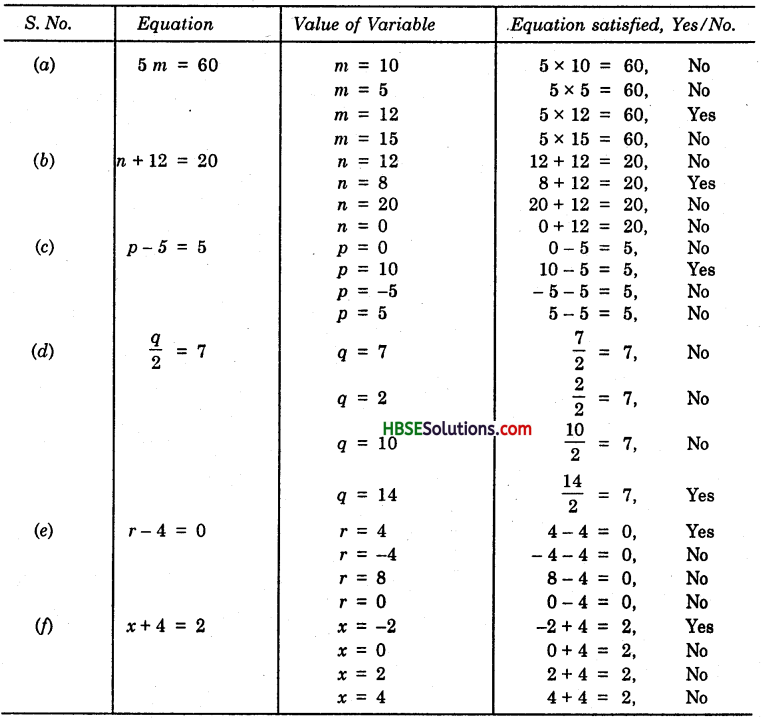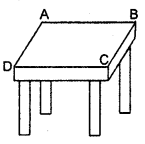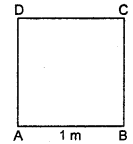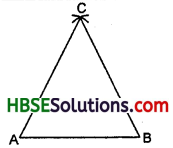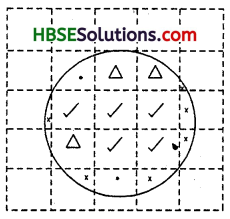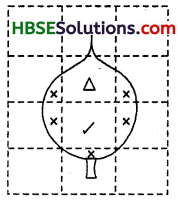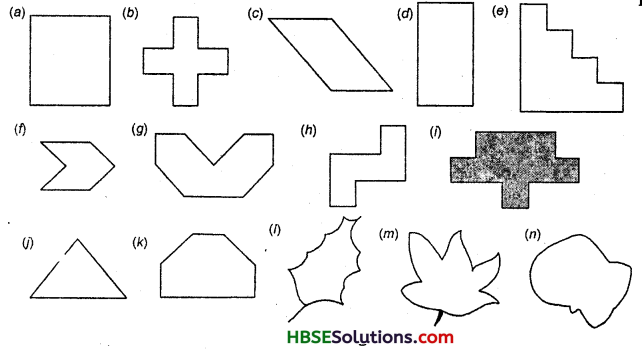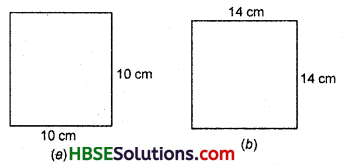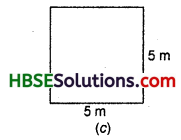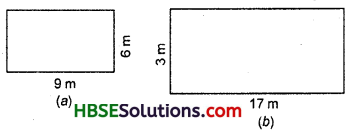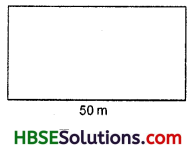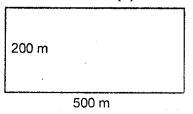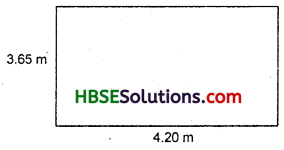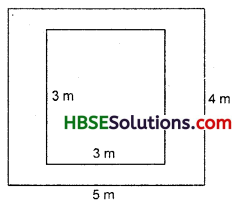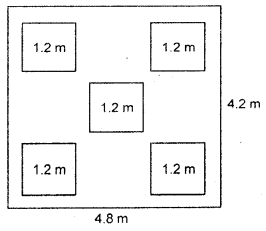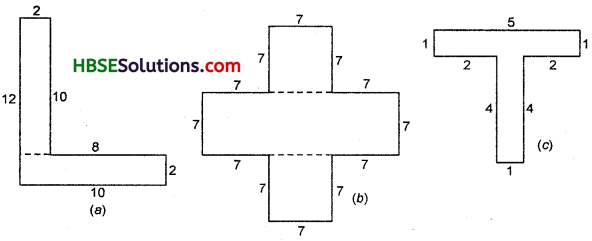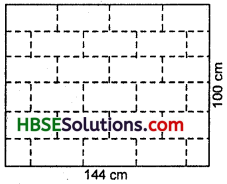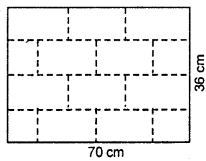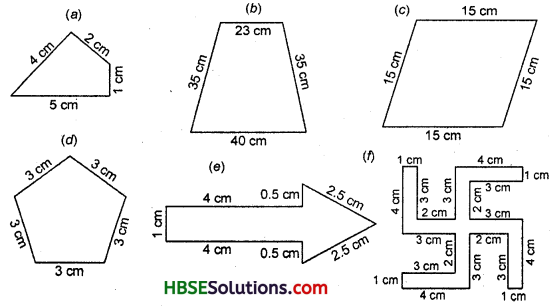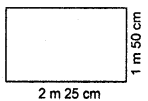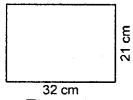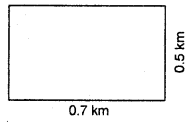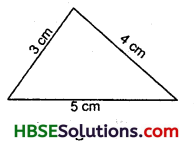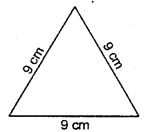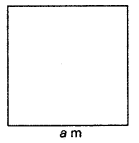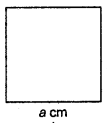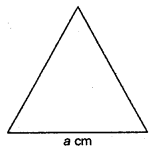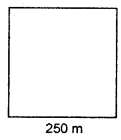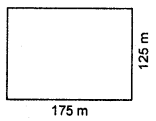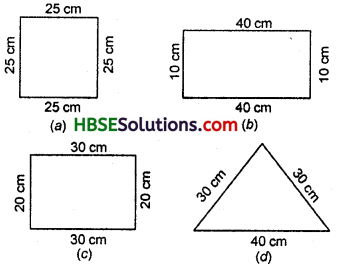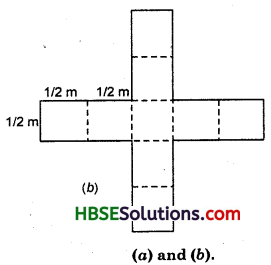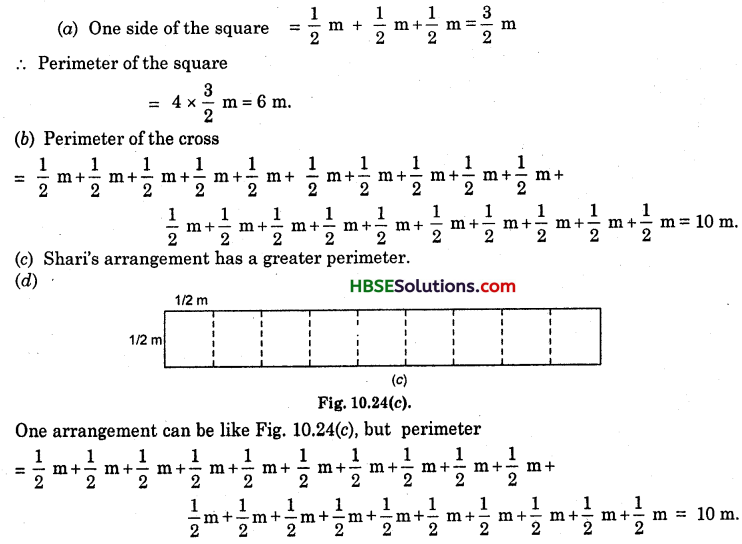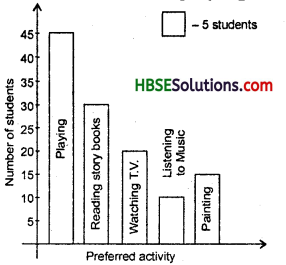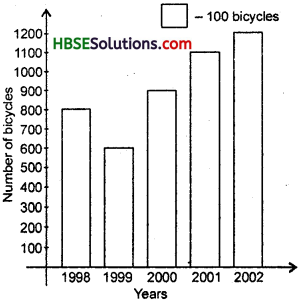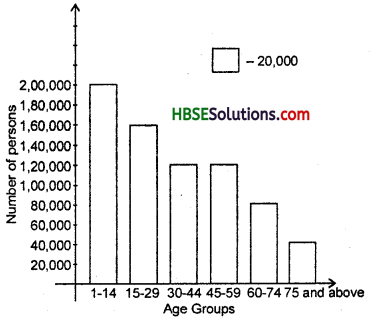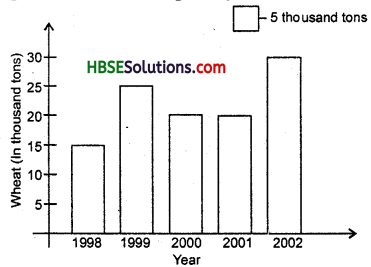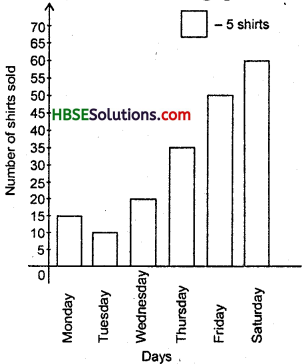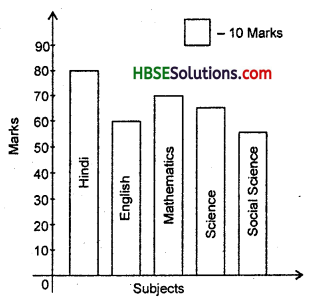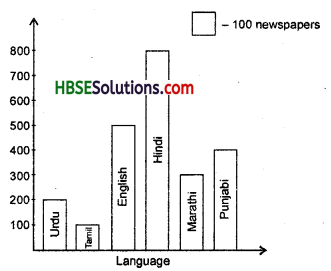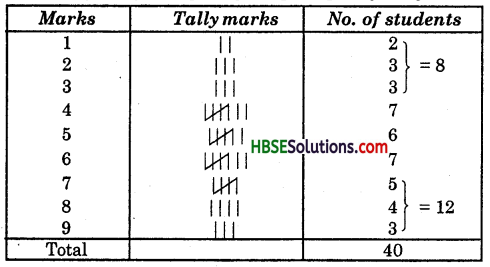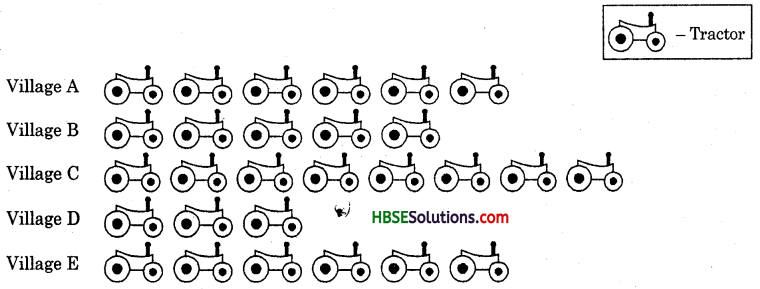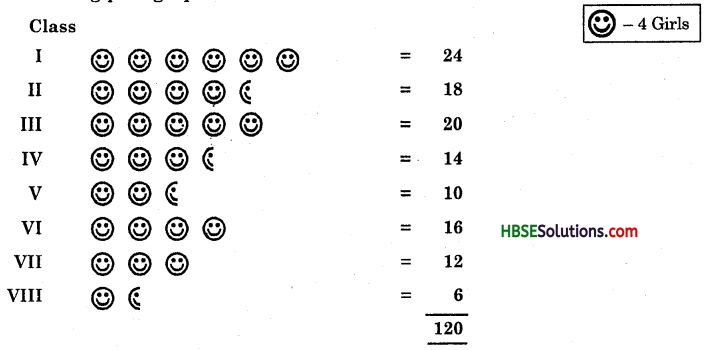HBSE 6th Class Maths Solutions Chapter 11 Algebra Ex 11.4
Haryana State Board HBSE 6th Class Maths Solutions Chapter 11 Algebra Ex 11.4 Textbook Exercise Questions and Answers.
Haryana Board 6th Class Maths Solutions Chapter 11 Algebra Exercise 11.4
Question 1.
Answer the following :
(а) Take Sarita’s present age to be y years:
(i) What will be her age 5 years from now ?
iii) What was her age 3years back? (lit) Sarita’s grandfather’s age is 6
times her age. What is grand-father’s age ?
(iv) Grandmother is 2 years younger than grandfather. What is grandmother’s age?
(iv) Sarita’s father’s age is 5years more than 3 times Sarita’s age. What is her father’s age ?
(b) The length of a rectangular hall is 4 meters less than 3 times the breadth of the hall. What is the length if the breadth is ‘6’ metres?
(c) A rectangular box has a height ‘h’ cm. Its length is 5 times the height and breadth is 10 cm less than the length. Express the length and the breadth of the box in terms of the height.
(d) Meena, Beena and Leena are climbing the steps to the hill top. Meena is at step ‘s’, Beena is 8 steps ahead and Leena 7 steps behind. Where are Beena and Leena ? The total number of steps to the hill top is 10 less than 4 times what Meena has reached. Express the total number of steps using ‘s’.
(e) A bus travels at V km per hour. It is going from Daspur to Beespur. After the bus has travelled 5 hours, Beespur is still 20 km away. What is the distance from Daspur to Beespur ? Express it using v.
Solution:
(a) Present age of Sarita = y years.
(i) Her age 5 years from now = (y + 5) years
(ii) Her age 3 years back – (y – 3) years
(iii) Her grandfather’s age = 6y years
(iv) Her grandmother’s age = (6y – 2) years
(v) Her father’s age = (3y + 5) years
![]()
(b) Breadth of the hall = b metres
Length of the hall = (3b – 4) metres
(c) Height of the box = h cm
Length of the box = 5h cm
Breadth of the box = (5h – 10) cm
(d) Meena is at step = s
∵ Beena is 8 steps ahead
∴ Beena is at steps =. s + 8.
∵ Leena is 7 steps behind
∴ Leena is at steps = s – 7
Total number of steps = 4s – 10
(e) Speed of the bus = v km per hour
∴ Distance covered in 5 hours = 5 v km.
Hence, distance from Daspur to Beespur = (5 v + 20) km.
Question 2.
Change the following statements into statements in ordinary language.
(For example, Given Salim scores r runs in a cricket match. Nalin scores (r + 15) runs. In ordinary language, Nalin scores 15 runs more than Salim.)
(a) A notebook costs Rs. ‘p’. A book costs Rs. 3p.
(b) Tony puts ‘q’ marbles on the table. He has 8q marbles in his box.
(c) Our class has ‘n’ students. The school has 20 n students.
(d) Jaggu is ‘z’ years old. His uncle is 4z years old and his aunt is (4z- 3) years old.
(e) In an array of dots, there are Y rows. Each row contains 5r dots.
Solution:
(a) A book costs t hree times the cost of a notebook.
(b) Tony’s box contains 8 times the marbles on the table.
(c) Total number of students in the school is 20 times that of our class.
(d) Jaggu’s uncle is 4 times older than Jaggu and his aunt is 3 years younger than his uncle.
(e) The number of dots in a row is 5 times the number of row.
![]()
Question 3.
(a) Given, Munnu’s age to be x years. Can you guess what (x – 2) may show ?
[Hint : Think of Munnu’s younger brother.]
Can you guess what (x + 4) may show ? What (3x + 7) may show ?
(b) Given Sara’s age today to be y years. Think of her age in the future or in past. What will the following expression indicate ?
y+1, y-3, y + 4\(\frac{1}{2}\), y-2\(\frac{1}{2}\)
(c) Given, n students in the class like football, what may 2n show ? What may \(\frac{n}{2}\) show ?
[Hint : Think of games other than football.]
Solution:
(a) Munnu’s younger brother’s age is 2 years less than Munnu’s age.
His elder sister’s age is 4 years more than his age.
His father’s age is 7 years more than thrice his age.
(b) y + 7 shows her age after 7 years.
y – 3 shows her age 3 years back.
y + 4\(\frac{1}{2}\) shows her age after 4\(\frac{1}{2}\) years.
y – 2\(\frac{1}{2}\) shows her age 2\(\frac{1}{2}\) years back.
(c) n students in the class like football.
2n shows that twice the students in the class like cricket.
\(\frac{n}{2}\) shows that half the students in the class like hockey.
HBSE 6th Class Maths Solutions Chapter 11 Algebra Ex 11.4 Read More »
